‘Shayda’s Noora Niasari Explores A Story Of Adversity And Empowerment Inspired By Her Own Childhood
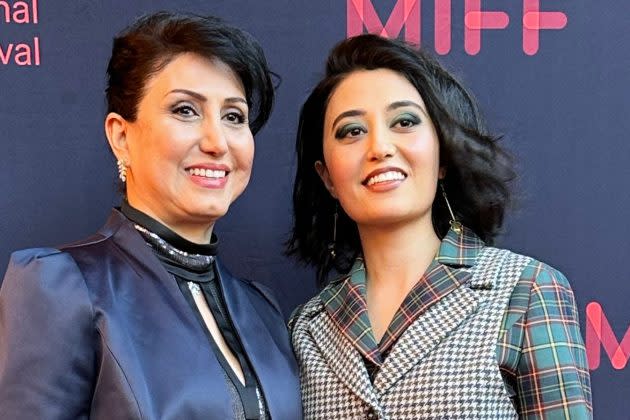
A 5-year-old Iranian child and her mother find refuge in an Australian women’s shelter while on the run from an abusive ex in Noora Niasari’s Shayda. It’s a very personal story for Niasari because she was that little girl, played in the film by new discovery Selina Zahednia, with Zar Amir Ebrahimi starring as her mom, Shayda. Niasari knew it was a risk to make her debut with a project so close to her heart. “There’s a really deep challenge when making work about one’s trauma,” she says. Produced by Cate Blanchett’s Dirty Films, the film is Australia’s Oscar entry for Best International Feature Film.
DEADLINE: What made you want to tell this deeply personal story based on your own childhood? The whole experience must have been very emotional and difficult.
More from Deadline
NOORA NIASARI: Yeah, absolutely. I lived in the women’s shelter with my mother when I was 5 years old, and it’s an experience that always stayed with me because we actually lived there for eight months, contrary to the film. The film takes place over a couple of weeks, but we lived there for eight months, and it was a very formative experience. When I became a filmmaker, I started thinking about what’s going to be my first feature. And I guess if it wasn’t my first, it would’ve been my third. It’s one of those stories that had to be told, and I knew that I could be the person to do that because it comes from a place of authenticity and lived experience rather than from an outsider’s point of view of that world. And the women’s shelter is not a world we’ve seen on screen before. I was also really passionate about capturing that. And I mean, for me, telling stories of women overcoming adversity and finding their place in the world, these stories are always inspiring to me. So, it felt right to start from my own.
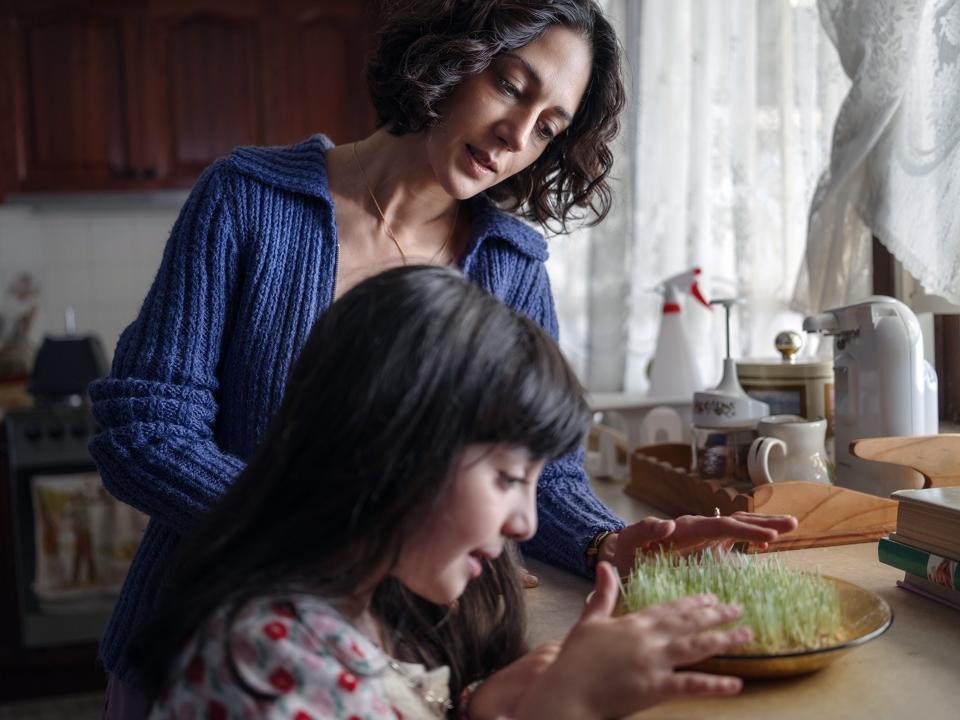
DEADLINE: The comradery of the women in that shelter was so apparent from the get-go. That sense of mutual support was the glue that held everybody together.
NIASARI: Yeah, exactly. Even though all the women are coming from distinct backgrounds, because domestic violence doesn’t discriminate, it affects everyone. And despite their differences, they’re really united by this shared experience of escaping the trauma of domestic violence. And so, there’s an unspoken bond, and that’s something that I remember feeling living in the shelter. And the woman who plays the shelter manager, Joyce, the real-life person, became my mother’s best friend after the shelter. And she’s kind of like a godmother to me still after 30 years. She was also very involved during the writing process.
DEADLINE: And when you’re directing something that is that personal, that emotional, how do you distance yourself from it? Or do you even try to?
NIASARI: I mean, it was a constant battle in terms of I felt like I was living two identities in a way. One was this director trying to lead the crew and cast and also be strong, and the other side of me was being triggered and taken back to my five-year-old self. So yeah, there were days on set where, just because the performances were so good, honestly, I was really triggered by that, and it just felt so real at times. So, after a take, if I felt too emotional, I’d have to take a step away into another room and meditate a little bit and then come back and direct. It was really challenging. I had an on-set therapist for part of the time as well. She was not only helpful to me, but for other people in the casting crew.
But there’s a really deep challenge when making work that’s about one’s trauma, and I think it’s something people underestimate as well in terms of, because obviously people want to see these kinds of stories. But in terms of the actual nuts and bolts of protecting an artist and telling that story is a whole other thing, I think that needs to be studied and considered a bit more when it comes to filmmaking processes.
DEADLINE: Do you consider the film more autobiographical or more inspired by?
NIASARI: I would consider it more inspired by, but I would say it’s emotionally autobiographical. I’ve been having a friendship with Charlotte Wells, writer-director of Aftersun, and we talk about this a lot. And yeah, I think that’s something that she described to me in terms of her filmmaking process, which resonated with me, that it’s emotionally autobiographical.
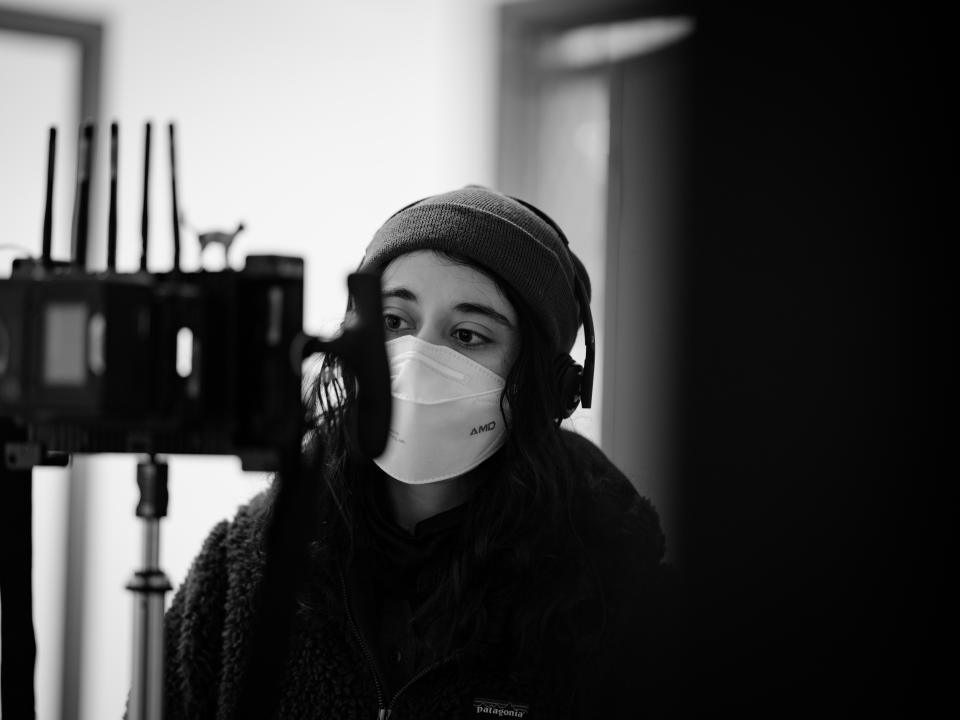
DEADLINE: You’ve really been doing the festival circuit with Shayda. How’s that been?
NIASARI: I’ve been touring since January. It’s been a whirlwind. I never anticipated the film to be so well received in so many different parts of the world. And it’s just been so overwhelming and beautiful because the way that it resonates with Korean women is not dissimilar to the way it resonates with women in Utah. But it’s not just women. There’s also a lot of young men who come up to me at the end of the screening saying that they experienced domestic violence as a kid, and they never knew how to articulate what they went through until they saw the film, which is so beautiful.
There have been so many instances like that of people sharing their stories, and I think people feel really seen. I think there’s so much shame and silence in the experiences shown in the film that I really wanted to instigate a conversation and for people to be able to speak up and share what they’re going through and hopefully trigger some kind of change in that way.
DEADLINE: Talk to me a little bit about the casting process for Zar Amir Ebrahimi and Selina Zahednia.
NIASARI: Yeah, they’re the stars. They’re incredible. I searched all of Australia for Shayda, and I couldn’t find her. After a year of searching, I started looking abroad, and I shared the screenplay with a French-Iranian actress called Golshifteh Farahani, who recommended Zar. It was before Zar won Best Actress at Cannes before Holy Spider came out, so she was lesser known. But as soon as I saw her audition, I just knew she was Shayda. It was within the first 10 seconds of seeing her on screen. It was just astonishing to me the way she was able to express so much with her gaze and how she was able to really drop into the character seamlessly and just bring so much of her own experience to it. She has this strength and vulnerability at the same moment, which is really, really strong.
I was really lucky because she won best actress at Cannes, and then she flew to Australia to make Shayda. It was the perfect outcome for us, and she was incredible to work with, so committed to the role, and so open-hearted with Selina. And Selina, again, searched all of Australia. I mean, it’s such a small pool of Farsi-speaking 6-year-old girls. But we did a whole grassroots search through all the Persian schools and the capital cities. Selina was luckily from Melbourne, which is where we shot, and as soon as she walked into the audition room, she had this air of confidence and playfulness about her, and I gave her a situation, and she cried without me prompting her. It was just the way she felt, and 10 minutes later, she was able to dance and sing, and so she understood acting. She understood the shifting of emotions and that it was play.
I cast her immediately, but I knew that I had to protect her from the themes of the film. In no way did I want to traumatize a child through the process of this film. So, I spent two months in rehearsals with her and my assistant, finding substitute situations for the darker scenes and building a framework around how to make sure she didn’t get exposed to unnecessary things. So, that was a huge process and challenge.
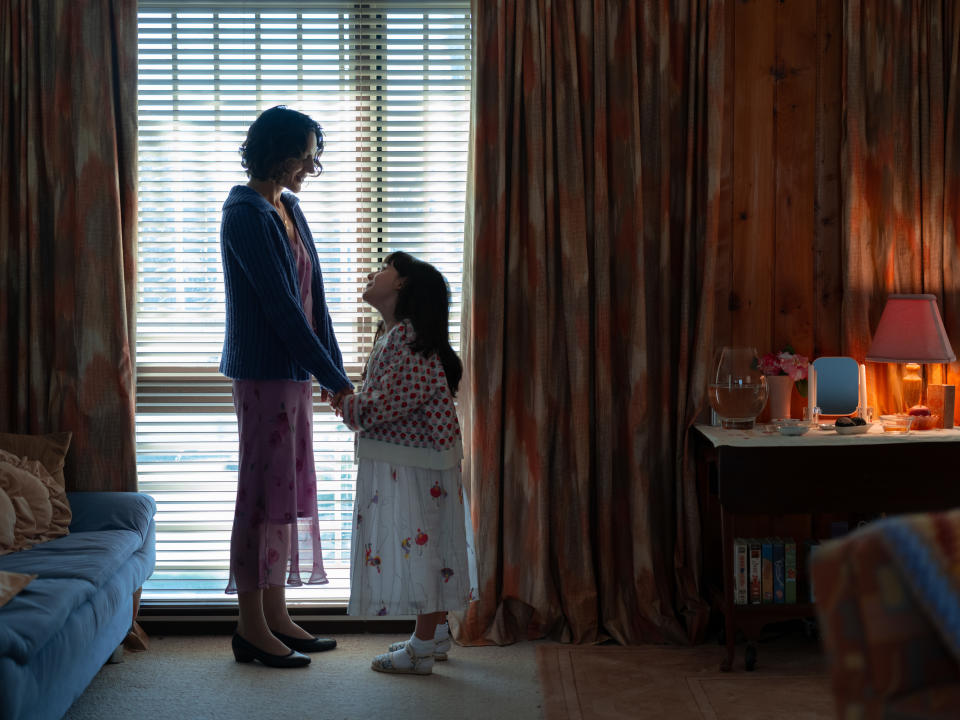
DEADLINE: There were moments where there were no words. It was just the two of them, looking at each other and through their expressions, you knew exactly what they were saying.
NIASARI: Exactly. And for me, the heart of the film is in their relationship, in their bond, because ultimately, it’s a love letter to mothers and daughters, and they’re really the anchor. We see the whole world through their eyes, and we’re alongside them the whole time. So, it was of utmost importance to capture the magic that was between the two of them.
DEADLINE: You said you tried to protect her, you didn’t want to traumatize her, but she was in some really emotional scenes, especially the scenes with Shayda and her father. Those were very emotional scenes.
NIASARI: For example, there’s a scene where Shayda and Hossein get a little bit physical, and he’s chasing her and whatnot. Selina’s not there. She’s not there. We shot her shots without the father character being around. So, we shot her reactions separate from the mother-father altercation. It’s movie magic, you know what I’m saying?
But you can’t tell. I mean, when you edit things, that’s what I mean about substitute situations. It’s like I knew the reaction that I needed, and I knew that I can’t have her in that situation. So, we came up with a scenario that’s relatable to her as a child, and we capture it, and then she’s off playing with her toys while we’re filming the more intense scene. So, it’s things like that that are important. I think the most challenging times were when it was her and the father, and he was behaving in a certain way. And so, the trickery around that was far more challenging, I would say, because it really meant that Hossein, the father character, he was usually playing against a double who couldn’t speak Farsi, so she couldn’t understand what he was saying to her.
So, it’s things like that. I mean, I felt terrible for him because he couldn’t play against Selina as much as he wanted to. But I guess that’s why he’s such a great actor. I think he was able to tap into what he needed to despite the challenges of those restrictions.
DEADLINE: Let’s talk a little bit about your mom. You went to her and asked her to write a journal of those events because you were five, and 5-year-olds don’t remember everything.
NIASARI: Exactly.
DEADLINE: What was her reaction to that?
NIASARI: I think she had a feeling. I think I had mentioned it a few times. We had a lot of difficult chats around making the film or not, because I had to get her approval, obviously, and enthusiastic approval because I was never going to do something that was something she didn’t want to do because obviously, the film affects both of us in terms of it being in the world. But ultimately, she started writing this memoir, and I think it was a really healing process for her because she was revisiting a lot that she’d kind of put in a box and set aside for a long time. So, it was a very emotional process for her writing it, and I was supporting her and guiding her through all of that. I think once she finished writing that, which took around six months, it was around 10 years of her life that she ended up writing, and she’s a beautiful writer, so I think it was something that came naturally to her.
But to be honest, with my mom, it was really about navigating that blurry line between fiction and reality when it came to making the film because, obviously, she was quite attached to how things really happened and how people said things a certain way. And I had to create that separation of like, but we’re making a film, and this is best for the film, and you have to trust me. And so there was that navigating all of those things. And also, obviously, the consequences of us making the film, of not being able to go back to Iran and those decisions that we made together.
But ultimately, she’s so proud of the film. She’s been involved every step of the way.
She loves the film, and she’s been doing Q&As with me. She came to Sundance, and people loved her. She was great on stage, which I didn’t anticipate how much she would love the attention and people celebrating her.
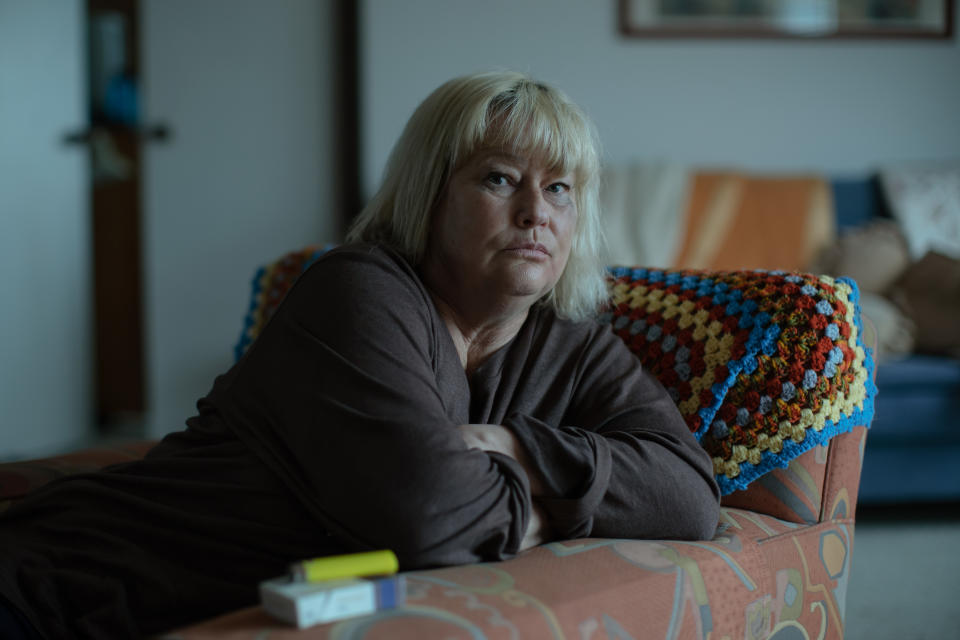
DEADLINE: It was emotional for her to write this journal, but it must’ve been emotional for you to read it because there had to have been things in there that you didn’t remember and obviously were very important to her.
NIASARI: Yeah, there was a lot I didn’t know. Obviously, over the years, she’s told me stories here and there, but it was like uncovering a history. She would actually read it to me every night, and I would translate it as we went along. So, it’s like we were in it together, and I was discovering it alongside her, but it was very, I had a lot of questions. Sometimes, it was surprising and shocking. There’s certain things that obviously audiences can’t process when it comes to real-life situations that are dark. You know what I mean? There’s only a certain amount of things you can show in a film that’s believable to an audience, but it’s that whole thing of real life being stranger than fiction. So those were challenging things to process, but ultimately just made me be more and more in awe of her and how she survived and prevailed. And now she’s running a business, and she’s got a doctorate, and she is a very successful woman, and she was able to do all of that against the odds.
DEADLINE: You’ve talked a little bit about the dark element of the film, but there were some really wonderful lighter moments. The dancing was so joyful, and I laughed out loud at the knock-knock joke.
NIASARI: I’m so glad.
DEADLINE: That was one of those scenes where she didn’t have to say anything. He said, “Knock, knock.” And the look she gave him was just like, huh?
NIASARI: I’ve been in a few cinemas showing Shayda, and that always gets a good laugh, and I am so glad, because the thing is, I didn’t want to make a film seated in victimhood. I wanted to make a film that had lightness and joy. And I think it’s really important for an audience to feel the highs. You have to feel the lows as well. And I found that they came with the right moments, those laughs, because it’s a release. And I think you need that in order to really ride this journey through the film. So, I’m glad that it made you laugh. That’s good.
DEADLINE: What’s next?
NIASARI: I’m actually working on a trilogy about Iranian women, and Shayda’s the first and the second is called Raya. It’s an adaptation of an Iranian-American novel of the same title. It’s being produced by Gary Foster and Sister, and it’s set in France. And it’s a kind of Thelma and Louise, but with two Iranian women in exile, and one happens to be a former queen of Iran. So, it’s a really dreamlike, beautiful, wistful film. And yeah, we’re going to have a casting announcement soon because, thankfully, the strike is over …
We’ve cast the leads, we’re out to market, they’re financing it, and I’m really excited to shoot that in the fall of next year.
DEADLINE: The success of Shayda has to help you on that front, right? Open some doors?
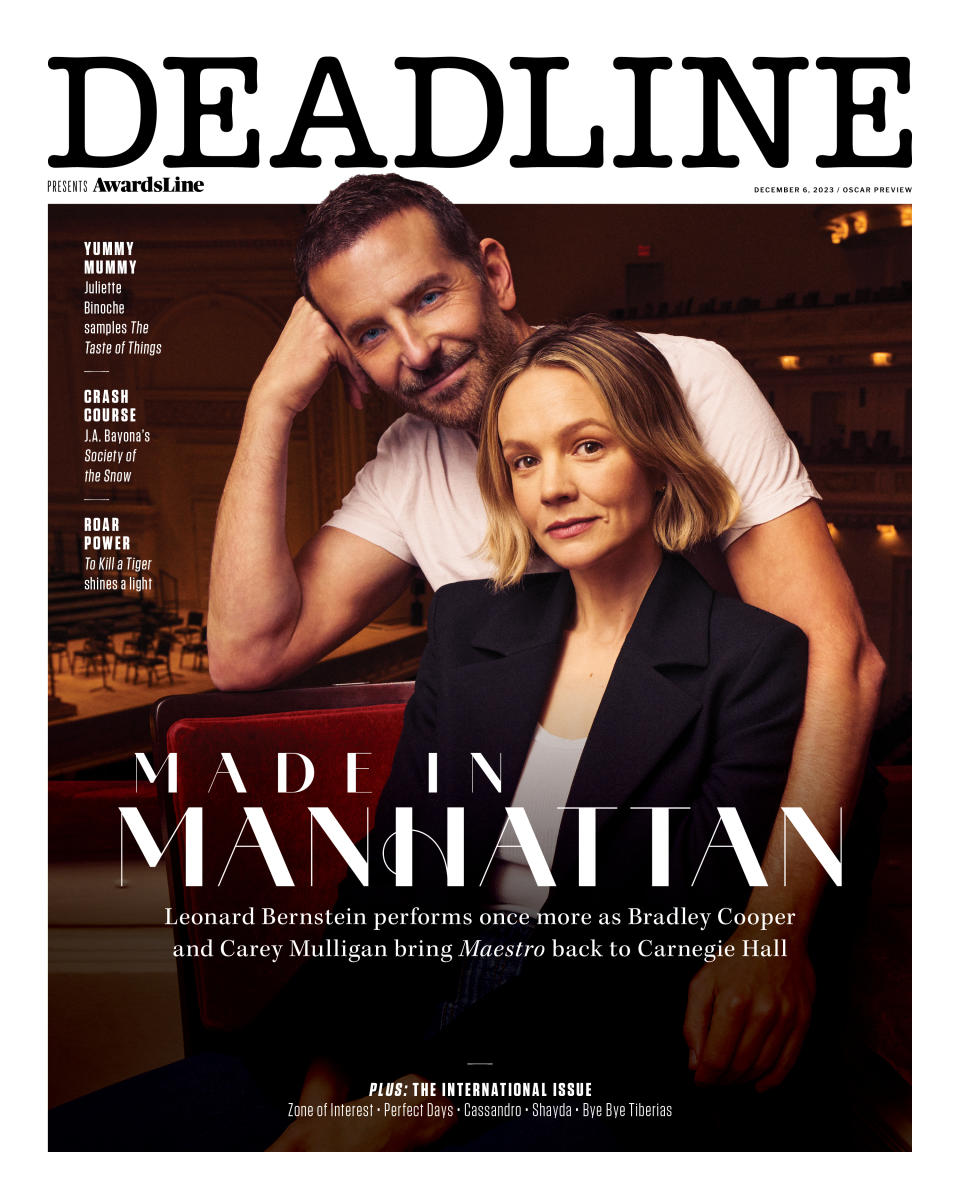
NIASARI: Absolutely. It’s been really helpful. Yeah, it’s been really helpful. It’s definitely a step up from Shayda in terms of its budget and scope. So yeah, it feels like the right second film, and I feel really lucky to be working with Gary Foster, especially. He’s been making films for a really long time, and he’s really experienced, and he just has so much kindness and integrity when it comes to the filmmaking process. And yeah, he’s just an incredible producer and an incredible human being, and I just feel so lucky that he brought this project to me.
DEADLINE: And the third one is still in the works?
NIASARI: The third one is still in the works. It’s still in the research negotiation phase.
Best of Deadline
2023 Premiere Dates For New & Returning Series On Broadcast, Cable & Streaming
2023-24 Awards Season Calendar - Dates For Oscars, Emmys, Grammys, Tonys, Guilds & More
Sign up for Deadline's Newsletter. For the latest news, follow us on Facebook, Twitter, and Instagram.

 Yahoo News
Yahoo News 
